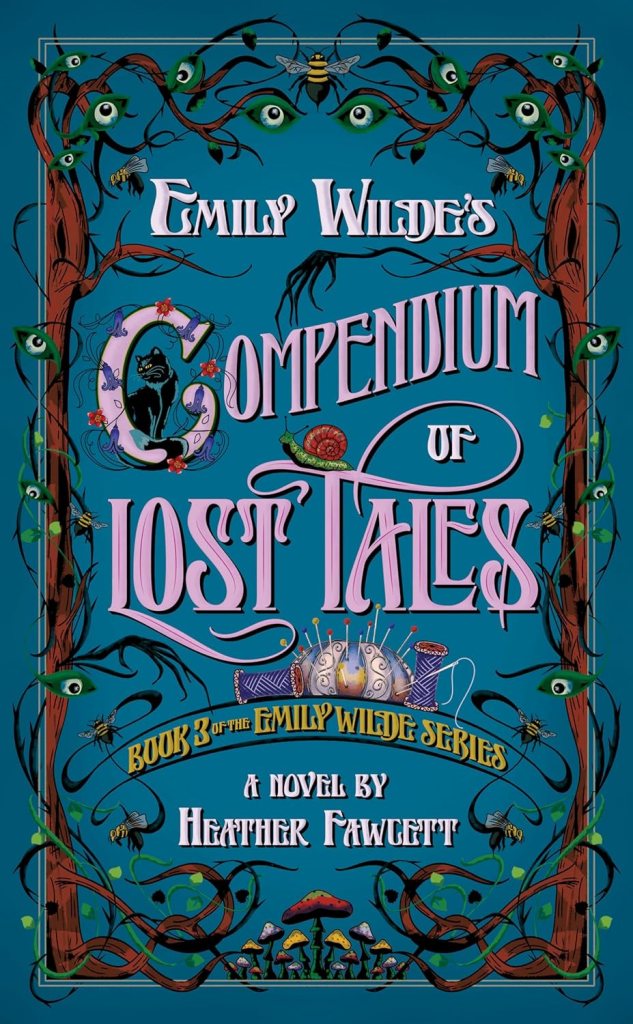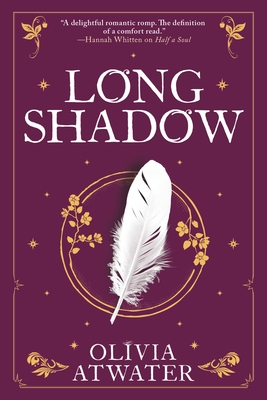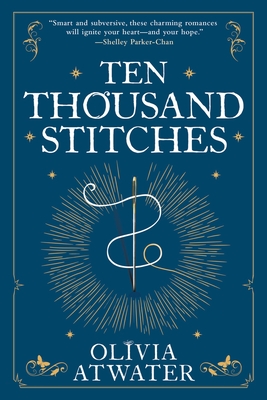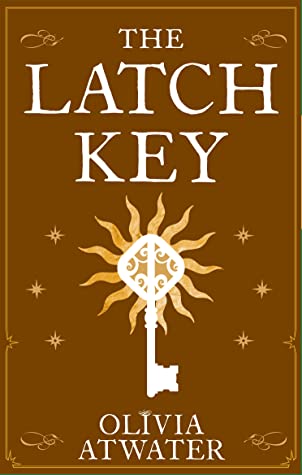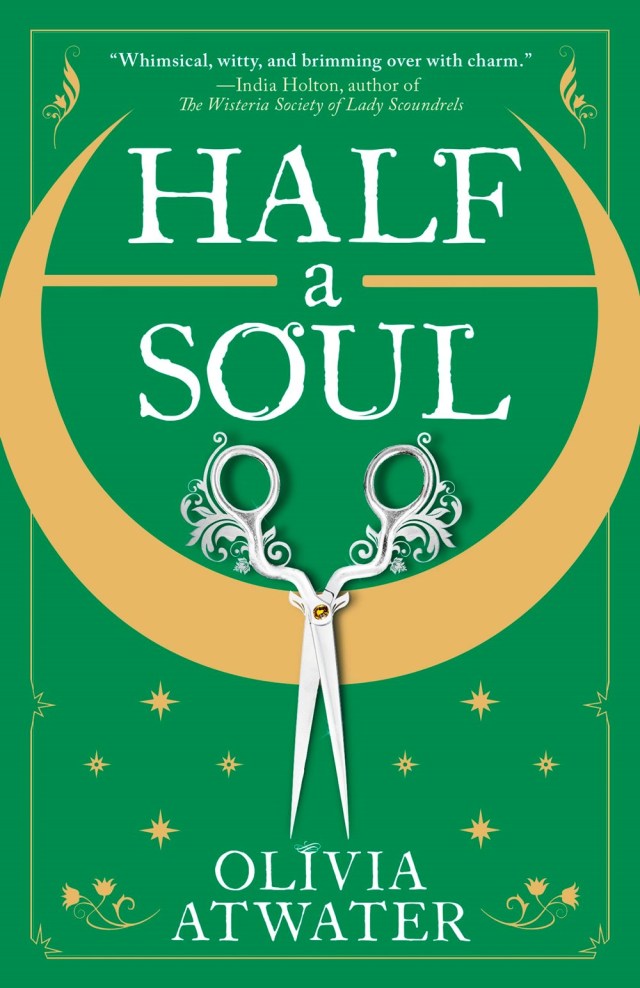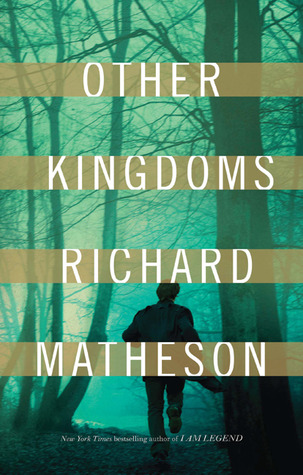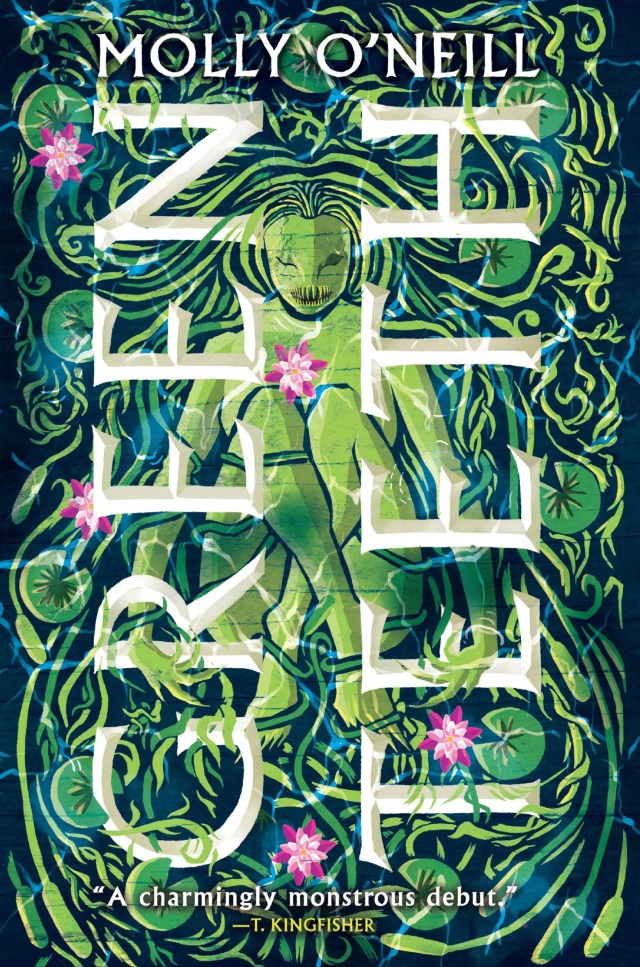
Title: Greenteeth
Author: Molly O’Neill
Publisher: Orbit
Publication date: February 25, 2025
Length: 304 pages
Genre: Fantasy
Source: Review copy courtesy of the publisher via NetGalley
Rating:
From an outstanding new voice in cozy fantasy comes Greenteeth, a tale of fae, folklore, and found family, narrated by a charismatic lake-dwelling monster with a voice unlike any other, perfect for fans of T. Kingfisher.
Beneath the still surface of a lake lurks a monster with needle sharp teeth. Hungry and ready to pounce.
Jenny Greenteeth has never spoken to a human before, but when a witch is thrown into her lake, something makes Jenny decide she’s worth saving. Temperance doesn’t know why her village has suddenly turned against her, only that it has something to do with the malevolent new pastor.
Though they have nothing in common, these two must band together on a magical quest to defeat the evil that threatens Jenny’s lake and Temperance’s family, as well as the very soul of Britain.
Greenteeth, a debut novel from author Molly O’Neill, is a delightful fantasy adventure with a unique main character. Jenny Greenteeth is a water-dwelling fae, inspired by a figure from English folklore. According to Wikipedia, “Jenny Greenteeth” is a river hag, a creature who lives in bodies of water and pulls unsuspecting humans to their deaths.
I wasn’t a human, nor a goblin, nor a high fae. I was Jenny Greenteeth, fangs and claws and unholy strength. I was a nightmare, a scary story, the dark shape glimpsed through the weeds.
Yet the Jenny Greenteeth we come to know is much less malevolent that the tales would have us believe. Yes, she loves to eat all sorts of plants and animals that come into her lake, but she doesn’t threaten, and certainly has never lured the nearby townsfolk into her waters. She enjoys a peaceful life, and thinks fondly of the years she spent with her daughter (also called Jenny, as are all women in her line) before little Jenny went off to a lake of her own.
All this changes when she spots a gathering of humans on her shores, led by a stern man in black. A human woman, bound in manacles, is thrown into the lake to drown. Jenny is interested, rescues the woman, and brings her to her underwater cave to learn more. Temperance is a wife and mother, and has been respected as the village healer (and yes, she is a witch), but never had any trouble with her neighbors until the new pastor came along.
Although Jenny has saved her life, Temperance doesn’t dare return to her home. She’s desperate to get back to her family, but when Jenny suggests that she run away and then send for her husband and children, Temperance is reluctant. She loves her village, and suspects there’s more going on than just a witchhunt. Jenny works with Temperance to try to confront the pastor, and discovers that there’s a powerful evil presence at work, one which they can’t overpower or defeat on their own. Joined by Jenny’s goblin friend Brackus, they set out on a quest to learn how to challenge this evil force, and win.
“A witch, a goblin and Jenny Greenteeth are off to seek the King of the Fairies,” he said. “What a delicious disaster this could be.”
Jenny Greenteeth is a wonderful main character. She’s non-human and clearly has a different moral compass and worldview, yet she shows great compassion and an enormous capacity for loyalty and friendship. As she journeys with Temperance and Brackus, her inner workings repeatedly come into conflict with Temperance’s sense of right and wrong. Seeing them navigate their differences and reach for understanding is fascinating and quite touching.
The quest itself is full of danger and adventure and magical obstacles. To be honest, this is the only element of the story that dragged for me — but quite possibly, I’ve just had my fill of quest stories. The specific challenges the trio face are fine, but never felt impossible to me; I was never in any doubt that they’d find a solution without too much difficulty.
Several scenes take place in the court of the high fae, and these were lovely. There’s a sense of power and magic, but also sorrow: The book repeatedly makes clear that the old ways are fading from the world, and that Jenny and all the fae may soon be remnants of a long-gone past.
The final chapters of the book provide a very satisfying ending, and there are some terrific surprises and twists that I won’t reveal here, other than to say that Jenny’s story ends up intersecting with English folklore and mythology in a wonderful, unexpected way.
Jenny and Temperance are both well-developed, strong characters, and I enjoyed spending time with them very much. Brackus is fun too, but less essential, and I’d didn’t get as good a sense of him as an individual. I loved Jenny’s world and her perspective on life as seen from her lake. I can’t say I’ve come across a character quite like Jenny before.
Greenteeth is a wonderful read, and I’ll look forward to whatever Molly O’Neill writes next!
For more on Greenteeth, check out reviews at:
Books, Bones & Buffy
CJRTB Books


